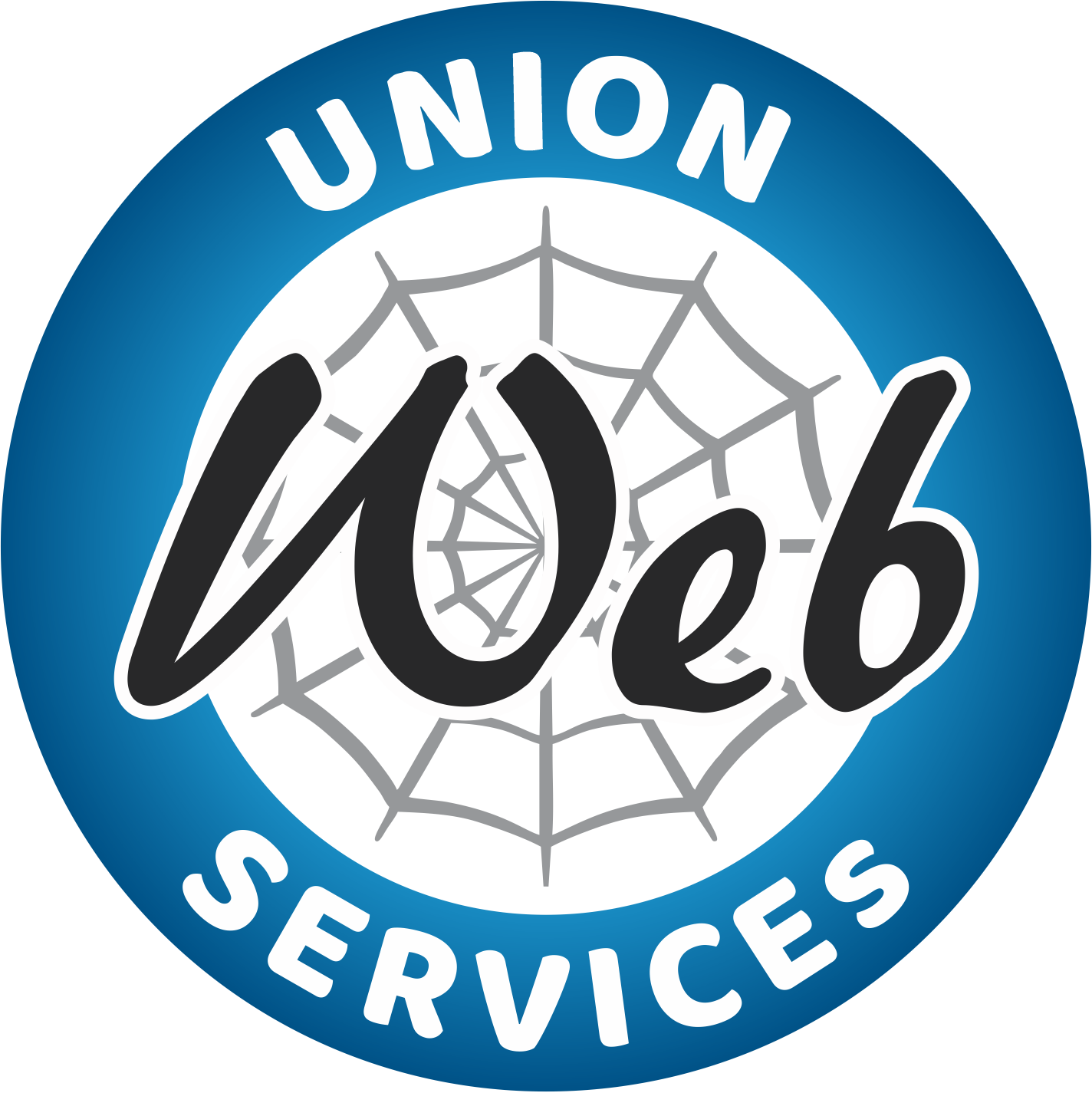Albert Einstein is quoted as saying, “If I had an hour to solve a problem, I’d spend 55 minutes thinking about the problem and five minutes thinking about solutions”. This quote emphasizes the importance of preparation and careful analysis in problem solving.
More recently, Peter Lunenfeld, a professor of design, media arts and digital humanities at the University of California, Los Angeles, predicted,
“We will use technology to solve the problems the use of technology creates, but…new fixes will bring new issues. Every design solution creates a new design problem…so it is with the ways we have built our global networks.” Pew Internet Research
Larry Masinter, internet pioneer, formerly with Adobe, AT&T Labs and Xerox PARC, who helped create internet and web standards with IETF and W3C, has said that
“Technology and social innovation intended to overcome the negatives of the digital age will likely cause additional negative consequences. Examples include: the decentralized web, end-to-end encryption, AI and machine learning, social media.”
Complexity inherent in systems development – particularly software that impacts the interlocking systems that connect your organization to its members, internal staff, customers, community, supporters, and constituents – must be mitigated through a coordinated knowledge effort.

“Not only technical problems, but management problems as well come from the complexity. It makes overview hard, thus impeding conceptual integrity. It makes it hard to find and control all the loose ends. It creates the tremendous learning and understanding burden that makes personnel turnover a disaster.” Frederick P. Brooks, Jr.
The complexity problem is furthered by the limits of government and the law to accurately forecast and develop useful public responses that mitigate long-term societal impacts from the rapidly developed technology that shapes our communications environment
This is the so-called “Pacing Problem” which looks like this :
[Graph / Image Needs Permission]
 Implementing a safe, secure, and effective technology strategy allows you and your organization to better and equitably serve each and every one of your constituents.
Implementing a safe, secure, and effective technology strategy allows you and your organization to better and equitably serve each and every one of your constituents.
To get started, you may work with our specialists on a “as needed” basis; or to gain access to ongoing expertise, while reducing operational costs, as an organizational subscriber to our Public Technology Co-Op, jointly sponsored by the Communications Workers of America and its signatory employers.
We begin with an initial technological evaluation that will determine your best and most efficient course of action. It is our intention that working with us allows your team to access, set-up, and maintain advanced communications technologies to serve you members and constituents in the most time and cost-effective manner possible.
At the same time, you support a rapidly developing ecosystem of individual specialized technologists and firms committed to developing technology in and for the public interest.)
As government and union workers that work in public administration we aim to educate and guide our clients to make organizational technological choices that benefit their staff, members, and constituents.
